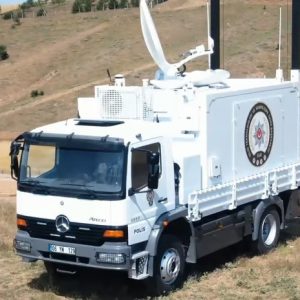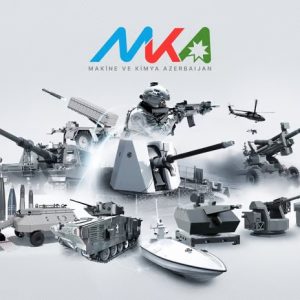Digital Information demands power-efficient communications have emerged as a critical determinant of success. In this comprehensive exploration, we dissect the pivotal role played by cutting-edge technologies in reshaping the dynamics of information dissemination on the battlefield.

Challenges in the Digital Battlefield
The Weight Dilemma
In the relentless pursuit of enhancing communication capabilities, military forces worldwide have been confronted with the challenge of reducing the weight of communication equipment. Traditional systems often burden soldiers with cumbersome gear, limiting their mobility and overall operational effectiveness. Recognizing this challenge, the industry has shifted focus towards developing solutions that prioritize lightweight communication devices without compromising functionality.
Power-efficient Communications as a Strategic Imperative
Power consumption is a critical consideration in the deployment of communication systems, particularly in resource-constrained environments. Conventional communication devices, marked by high power requirements, pose logistical challenges and hinder sustained operations. The drive towards achieving power efficiency is not merely a technological preference but a strategic imperative, ensuring prolonged mission durations and reducing the logistical burden on military units.
The Technological Vanguard: Meeting the Demand
Advanced Materials and Design
The quest for lighter communication devices has spurred innovations in materials and design. The integration of advanced composites, lightweight alloys, and ergonomic design principles has resulted in the development of communication devices that are not only robust but significantly lighter. This shift represents a paradigmatic evolution, enhancing the agility and manoeuvrability of military personnel on the digital battlefield.
Energy-Efficient Communication Protocols
In the realm of power-efficient communications, the adoption of advanced protocols has been transformative. The transition from conventional to energy-efficient communication protocols has substantially reduced power consumption without sacrificing data transmission speed or security. These advancements not only extend the operational lifespan of communication devices but also contribute to a more sustainable and environmentally conscious approach.
Strategic Implications and Future Prospects
Operational Advantage in Lightweight Mobility
The adoption of lighter communication devices bestows a tangible operational advantage by facilitating enhanced mobility for military units. The ability to swiftly deploy and redeploy without being encumbered by heavy equipment is a game-changer on the modern battlefield. As military strategies increasingly emphasize rapid response and agility, lightweight communication becomes synonymous with tactical prowess.
Extended Mission Durations through Power Efficiency
Power-efficient communication devices redefine the parameters of mission planning and execution. Military operations often necessitate extended durations, and the ability to maintain communication capabilities without constant reliance on external power sources enhances operational autonomy. This not only streamlines logistical considerations but also contributes to mission success by minimizing downtime.
Industry Innovations Driving Progress
Miniaturization and Integration
The relentless pursuit of technological excellence has led to the miniaturization and integration of communication components. As devices become smaller and more integrated, the military benefits from streamlined equipment, reduced maintenance requirements, and increased versatility in deployment. This trend aligns with the overarching goal of optimizing resource allocation and operational efficiency.
Adaptive Communication Solutions
The dynamic nature of modern warfare demands communication solutions that can adapt to diverse and challenging environments. Industry leaders are investing in the development of adaptive communication solutions capable of operating seamlessly across varied terrains and conditions. This adaptability ensures that military forces are not tethered by communication limitations, thereby enhancing their strategic flexibility.
Conclusion: Shaping the Future of Military Communications
In conclusion, the paradigm shift towards lighter and power-efficient communications marks a transformative chapter in the evolution of military technology. The convergence of advanced materials, energy-efficient protocols, and innovative design principles is reshaping the landscape of communication systems on the digital battlefield. As we navigate the complexities of modern warfare, the imperative to outrank existing technological benchmarks becomes not only a pursuit of excellence but a commitment to providing military forces with the tools they need to secure success in an ever-changing world. The era of lighter and power-efficient communications is undeniably shaping the future of military communications, setting the stage for a new era of strategic capabilities and operational excellence.










